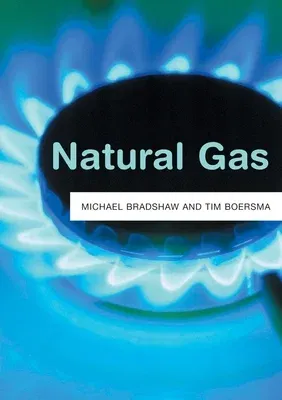Is natural gas the 'bridge' to our low-carbon future? In power
generation, industrial processes, parts of the transportation sector,
and for domestic use, natural gas still has the potential to play a
greater role in various energy transition pathways around the world. But
such a future is by no means certain.
In this book, Michael Bradshaw and Tim Boersma offer a sober and
balanced assessment of the place of natural gas in the global energy mix
today, and the uncertainties that cloud our understanding of what that
role may look like in the future. They argue that natural gas has become
prominent in recent decades, spurred by two revolutions: the first has
been the rise of unconventional natural gas production, and the second
the coming of age of the market for liquefied natural gas (LNG).
However, a third revolution is required to secure natural gas' long-term
role in various energy transition pathways, as countries are
increasingly pushing to address air quality concerns and curtail
greenhouse gas emissions. This revolution has to take place as
politicians, citizens, investors and shareholders are becoming
increasingly vocal about the need to improve the environmental footprint
of the fuel, while simultaneously, and perhaps paradoxically, demand for
it continues to grow, in a world where geopolitical challenges seem to
be mounting.

